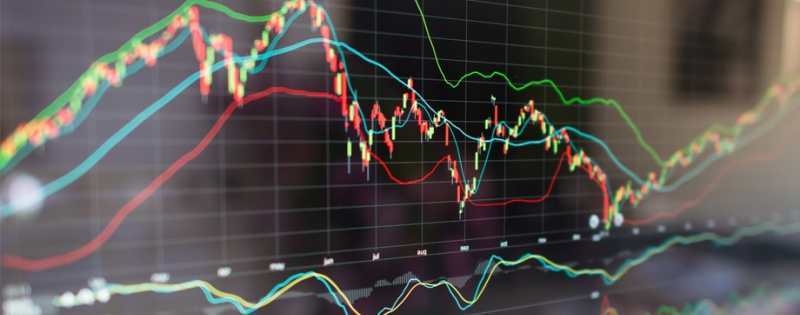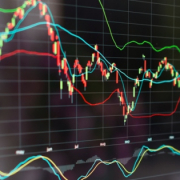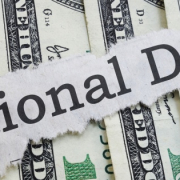When Is The Yield Curve Finally Going To Normalize?
Bond traders are getting certain that a long-time aberration in how Treasury bond prices and yields work is about to head back to normal.
They expect that the yield on the 10-year Treasury will rise above the 2-year (though academics often monitor the 3-month and the 10-year), Bloomberg reports.
A look at the numbers at the Federal Reserve Bank of St. Louis’ FRED website shows that July 5, 2022, was when the yields on the 2-year and 10-year Treasurys were the same. Since then, the 10-year sunk below, and there’s been an inverted yield curve. The 3-month and 10-year difference inverted on October 25, 2022. A long haul, either way you look at it.
Inversions lasting for an extended period are generally taken to mean that there’s a recession on its way … eventually. As US News & World Report noted last year, the average time between an inversion and a recession is 12 to 24 months, although the shortest period in 2019 was six months.
The theory behind the yield tea leaves is that investors are sure there’s a recession coming and so they lock in even at lower rates now because they’re sure the Federal Reserve will cut rates to stimulate the economy, making Treasury yields drop.
Harley Bassman, a big name in bonds, told Bloomberg earlier in the month, “It’s done. Stick a fork in it, man. The 10s aren’t moving.” Instead, he expects yields on the short end of the curve to drop and normalize the yield curve.
Kathryn Kaminski, chief research strategist at AlphaSimplex Group, told Bloomberg, “The question we are asking – given the wide range of outcomes – is what is that steeper yield curve? Is that going to be cuts on the short end or could it possibly be, unexpectedly, that we see weakness in long-term bonds and we have a longer time to wait for cuts – and we actually see a steepening from the long end.”
Bill Gross, another bond expert, said on social media that the Treasury 10-year with a 4% yield, around which it has lately hovered, is “overvalued.” Jeffrey Gundlach, founder, CEO, and chief investment officer of Doubleline, a money management firm that is a big player in the bond market. He said in a December 2023 CNBC interview that when the yield level of the 10-year Treasury market goes below 4%, it sounds “almost like a fire alarm” and that the 10-year yield would drop to the low 3s by sometime this year.
“In normal times it’s the short rate that comes down sharply given a recession is coming, and that causes the dis-inverting,” said Tobias Adrian, director of the International Monetary Fund’s monetary and capital markets department, told Bloomberg. “But now the US is likely to have a soft landing and so basically the curve could just flatten.”
But then, the 10-year yield has been climbing a bit over the last week, the 3-month has been steady, and the 2-year has been increasing. Some of the prognosticators will be right, others will be wrong, unless things manage to stay in a rough limbo, leaving everyone wondering. But there’s no definite answer right now.
Source: GlobeSt.





